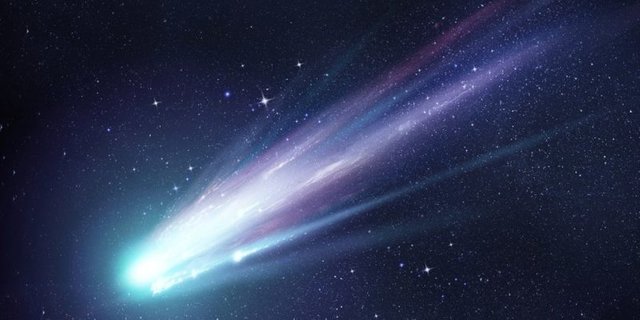What the James Webb will face.
What the James Webb will face.

Souce
On May 23 and 25, the space telescope suffered the impact of a micrometeorite in one of the primary segments that make up its large mirror, micrometeorites are particles the size of dust or very small grains but that fly at extreme speeds.

Souce
In these ways, the impact holes would accumulate over time, but the technicians concluded that in 10 years they would only cover 0.1 percent of the primary mirror, that means that in an area of 25 square meters after 10 years the damaged surface would be about 250 square centimeters, that is less than half of a letter-size sheet.

Souce
The telescope is a million and a half kilometers from the earth and it is not feasible to send a repair team, so the engineers are studying first if their calculations on impact are correct and second how to minimize future damage and that is that the James Webb is going to face two key moments, the first will be in May 2023 and the second in May 2024, that will be when he crosses the trail of debris left behind by Halley's comet, a comet that approaches the earth every 75 years, in principle that wake would have to be scattered dust motes, but the calculations and estimates may be wrong and the Webb will have to face much larger asteroids.
Thank you for visiting my blog. If you like posts about #science, #planet, #politics, #rights #crypto, #traveling and discovering secrets and beauties of the #universe, feel free to Follow me as these are the topics I write about the most. Have a wonderful day and stay on this great platform :) :)
Upvoted! Thank you for supporting witness @jswit.

I hope that the technicians' calculations are correct and that really only 0.1 per cent of the mirror will be damaged in 10 years. It would be a great pity if the telescope could no longer send images before the 10 years are up.
I also hope so, also the engineers over design all the equipment, and it always goes above expectations, you don't see the hubbe.
We're going to tie her up with luck.
Greetings.